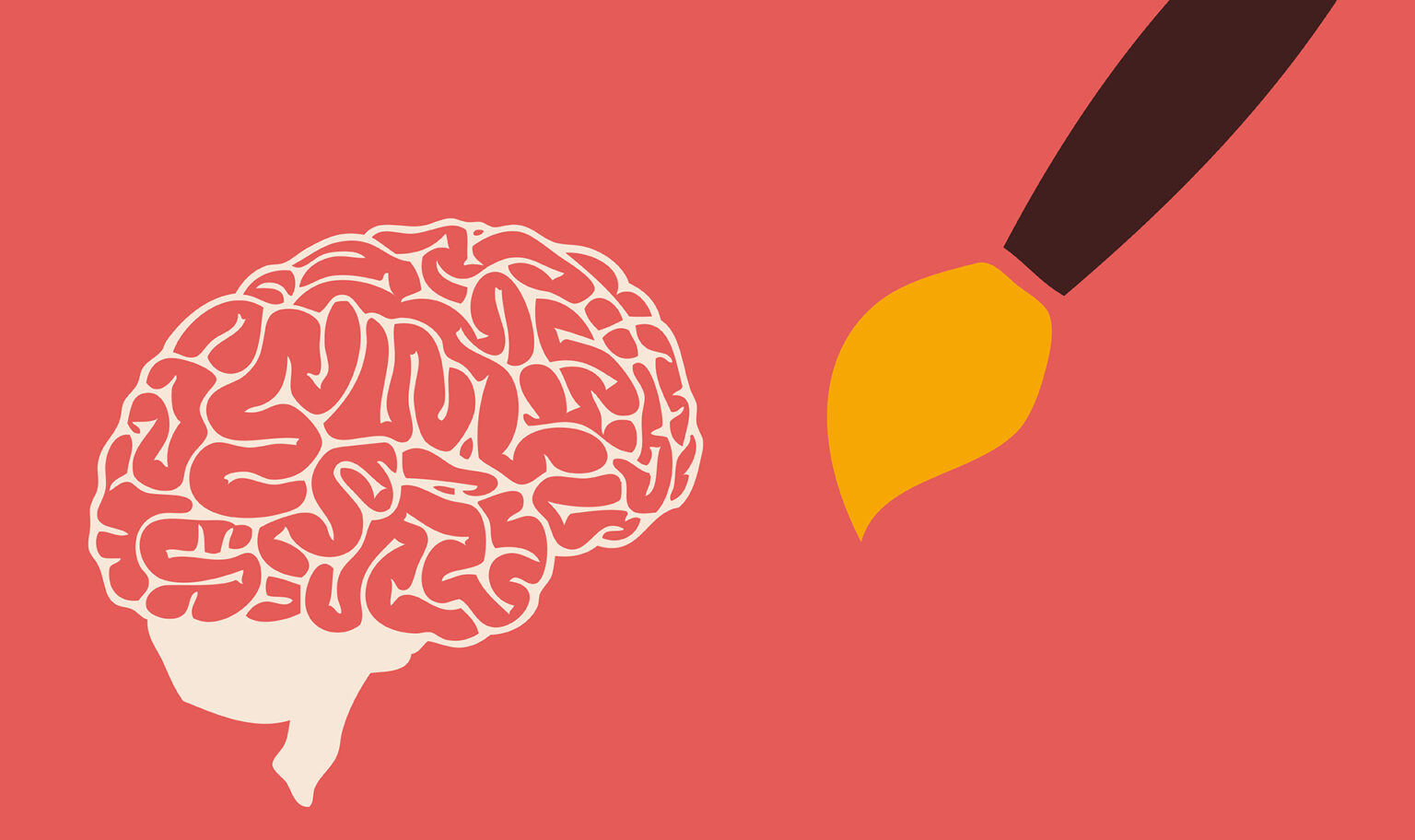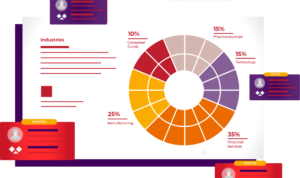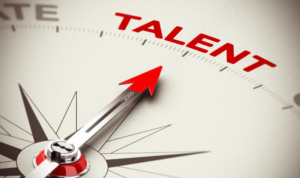Design thinking is a topic that continues to emerge in the HR community. What do we mean by this term and what is its practical application?
Before answering that question, let’s take a moment to consider the backdrop. Recent research by McKinsey reveals that CEOs typically list HR as merely the 8th or 9th most important corporate function. Equally, a recent global survey by Deloitte stated that only 5% of survey respondents rate their HR team’s performance as ‘excellent’. However, I believe a shift in those mindsets is beginning to take place; moreover I am meeting more and more CEOs who recognise that HR is as business critical as the Finance function.
A new type of HR leadership?
The more inspirational HR leaders take time to listen and learn, conducting rigorous analysis and truly understanding the bigger picture. Only then can they decide which of the tools in their armoury to deploy, drive and integrate within the organisation. Design Thinking in HR, is a solution-based approach, focusing on a set of organisational goals in the context of both present and future parameters. It’s the ability to think outside the traditional confines of the function and proactively promote solutions to both the existing business issues and those predicted to arise in the future. Many might argue that this can only be achieved in the right business context: where there is a genuine top down commitment to accomplish sustainable change and crucially where the Chief People Officer is afforded the authority to drive that change. In reality, this elevation of HR can only come from an effective partnership with the CEO and simultaneously can require transactional HR to be managed through a shared service or outsourced environment. Equally, there needs to be a recognition that real change takes time, from inception to realisation, through a series of design approaches to market challenges, rather than a reactive response to problems as they arise.
How and why are the best HR leaders successful?
Firstly, they understand the competitive environment; advances in technology, shifts in attitudes and consumer expectations and other external market forces clearly impact organizational practices. This understanding must then be matched to the organization’s capabilities, whether those are related to systems and process or people and culture. These capabilities will vary but might include predictive analytics, innovation, risk, culture change, learning and market disruption. Ultimately, it’s then about delivering on the Talent and Leadership agenda; delivering the right people with the right skills, in the right place, at the right time and then truly engaging those individuals. Equally, leaders at all levels must think and act in ways that deliver market value to customers, employees and all stakeholders.
HR in many organisations needs an extreme makeover, driven by the need to deliver greater business impact and drive business innovation and competitive advantage. However, action is taking place: HR is modernising and strong HR leaders are thinking outside the conventional and challenging accepted norms




